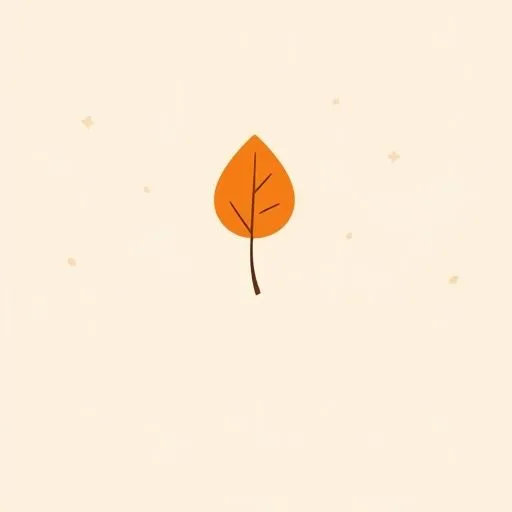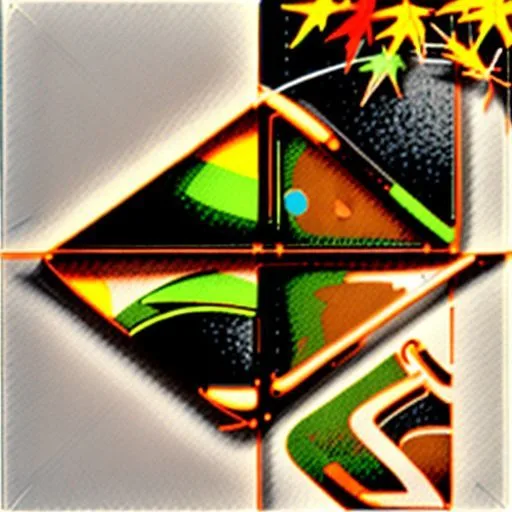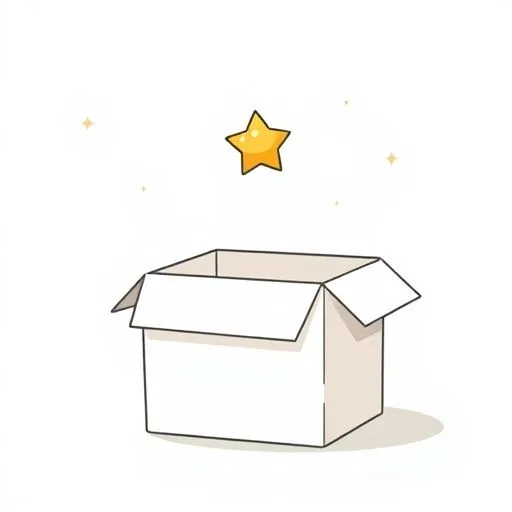
Ever been hit with a stream of ‘why’ questions while scrambling eggs? That look in their eyes—the spark when they hold a fallen leaf like a secret treasure—it’s pure curiosity humming alive. We’ve all felt it: that tug between rushing to answer and just… watching them wonder. As dads walking this path alongside you, we’ve learned holding space for those messy, magical moments matters more than perfect answers. Let’s talk about it like we’re sharing coffee at 2 a.m.—no scripts, just real talk about parenting curious kids.
Let Questions Be the Journey, Not the Destination

When they ask ‘why is the sky blue?’ and we jump straight to facts, we might accidentally slam the door on discovery. But what if we pause? ‘I don’t know—want to find out together?’ That simple shift? It transforms answers into adventures.
Imagine flipping through a library book side by side, or watching soap bubbles pop while pondering why they burst. Those aren’t just activities—they’re where creativity takes root.
Handling kids’ constant ‘why’ questions gets exhausting, sure. But noticing how your partner’s eyes soften when their child gasps ‘Look what we found!’? That’s the quiet magic.
You see it too—how their focus isn’t on being right, but on sharing the wonder. They might whisper ‘What do you think?’ while tracing cloud shapes, letting curiosity breathe. And honestly? That’s when real problem-solving begins—not in answers, but in shared exploration.
On tough days when ‘why’ feels endless, try anchoring them gently. ‘Let’s test it—grab the watercolors!’ Instead of shutting down ‘why do ants carry crumbs?’, mix cornstarch and water to make ‘oobleck’ together.
You’ll see it: that hesitation when they dip fingers in, then the grin as it squishes. We’ve learned it’s not about having every solution. It’s about trusting the process—like watching your partner bite their lip, holding back the urge to ‘fix’ it, while their little one experiments.
Those moments whisper: ‘Mistakes are okay here.’ And secretly? That’s the courage curious kids build.
Mistakes? They’re Just Hidden Treasure Maps

Remember that LEGO tower crashing at bedtime? Most of us instinctively say ‘Let Daddy fix it.’ But what if we reframed it? ‘Whoa—check how it fell! Why do you think that happened?’ Suddenly, wobbling blocks become clues, not failures.
Fostering creativity through play activities means letting them rebuild with band-aids on their designs. Last week at the park, I watched a mom crouched beside her daughter whose sandcastle collapsed. ‘Look how the water made tunnels!’ she murmured, handing her a spoon. No ‘I told you so’—just ‘What if we try again?’ That’s the heartbeat of it: seeing errors as treasure maps, not dead ends.
Here’s what sticks with me: the way they hold their breath when kids struggle. You know that moment? When crayons snap or glue goes everywhere, and you catch your partner’s hands hovering—aching to help but choosing to wait.
‘Find another way,’ they’ll murmur softly. And you see it: frustration flickering, then curiosity reigniting. ‘What’s strong enough to hold this?’ they ask, scanning the room. Cardboard? Tape? Bananas? That’s resilience growing right before us.
Parenting curious kids isn’t about preventing falls—it’s about teaching them to read the maps those falls create. Every ‘oops’ becomes ‘aha’ when we step back and say ‘Show me how you’d solve it.’
Unstructured Time: Where Quiet Magic Lives

We schedule every minute—soccer, piano, ‘educational’ apps. But the deepest learning? It often happens in the gaps. Like when your partner leaves the tablet untouched, spreading paper on the floor instead.
Suddenly, that ‘boring’ cardboard box becomes a spaceship, dinosaur, or taco truck. No instructions. No timer. Just pure, unpolished creation.
How to nurture your child’s curiosity isn’t about adding activities—it’s about protecting these wild, messy pauses. Think of stick forts in autumn leaves or ‘soup’ made of mud and dandelions. Those moments? They’re their brilliant little brains at work: unstructured play wiring flexible minds.
Ever notice how they fight the urge to intervene? Watching your partner lean against the fridge, coffee cooling, as their child spills rice counting stars? That quiet tension—’Should I clean it up or let them explore?’—is where the real work happens.
And when they choose to stay silent? That’s the gift. Because in those unscripted hours, kids learn to trust their instincts. ‘Look, Mama—I made a river!’ they’ll shout, pointing to a crack in the sidewalk. No one taught them to see magic there. They just did.
It’s easy to miss when we’re hustling for ‘productive’ play. But remember: innovation rarely wears shoes tied perfectly. It’s born in sock feet, grass-stained knees, and the courage to ask ‘What if?’ without fear.
Those are the moments that echo in a parent’s heart long after lights out.
Source: The Next AI Goldmine: Profits Beyond Big Tech, Forbes, 2025/09/11 12:16:16
Because in the end, it’s not about the answers we give—it’s about the wonder we share.
